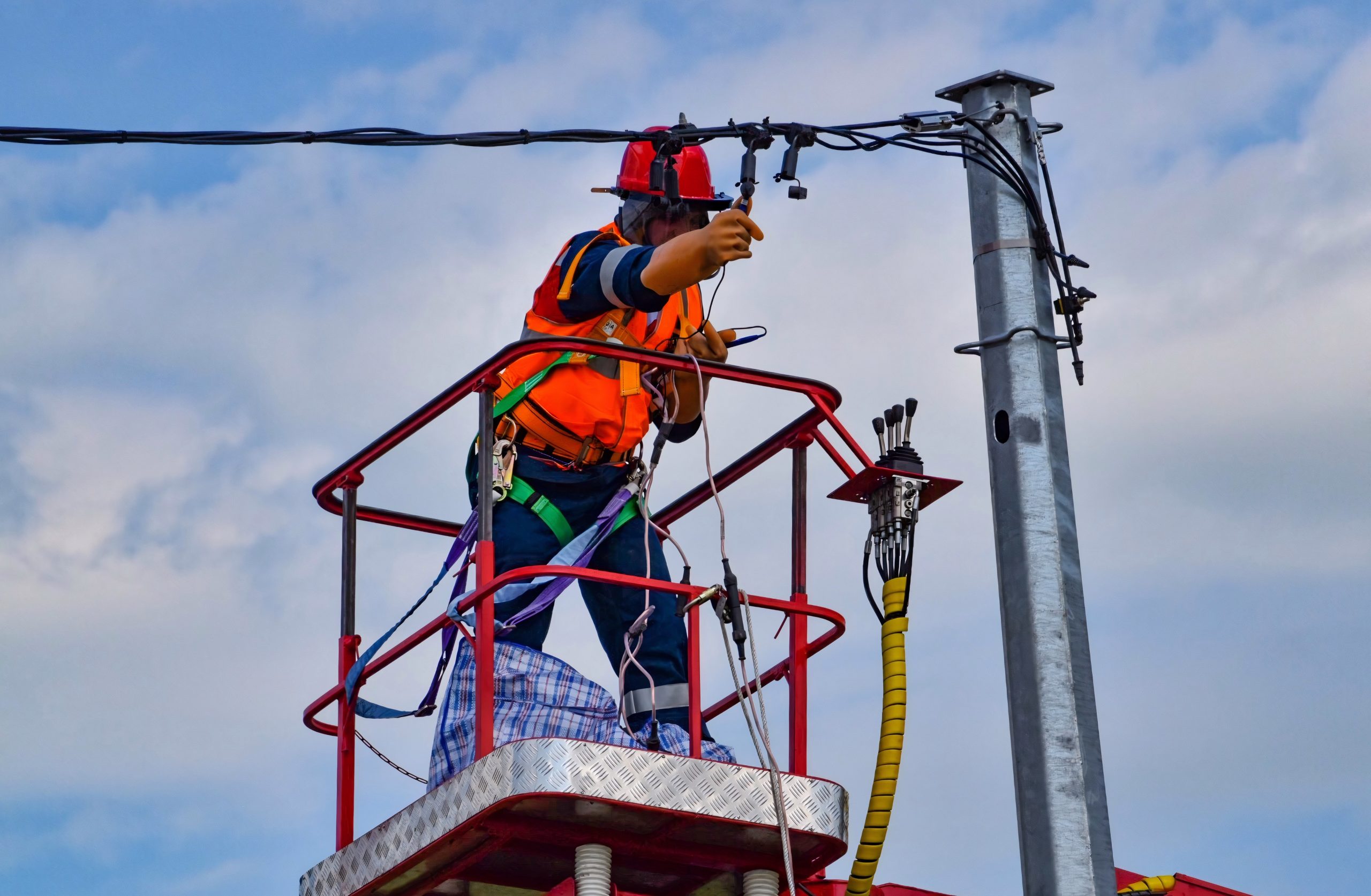Japan is the only major economy globally to use two power frequencies in its electricity grid. The nation’s system is split between a 60Hz zone in the east and a 50Hz zone in the west, which is a major issue for transferring electricity around the country.
To move electricity from one frequency zone to another requires conversion facilities, which currently have a relatively low capacity. In time of natural disaster, this bottleneck has even led to a blackout in eastern Japan.
As Japan increases its intermittent and decentralized renewable energy capacity, such grid weaknesses can no longer be ignored. Grid resiliency is key to maximizing the integration of more wind and solar assets, and limiting their curtailment.
To this end, Japan has started to create a Master Plan to overcome the issue.
Strengthening Japan’s Power Grid
A total of 9.7 GW of power generation capacity was lost in eastern Japan after the devastating 2011 earthquake. The frequency converter capacity between the Tokyo and Chubu zones was only 1.0 GW, thus capping how much power could be provided from western to eastern Japan. Since then, the capacity has increased to …

